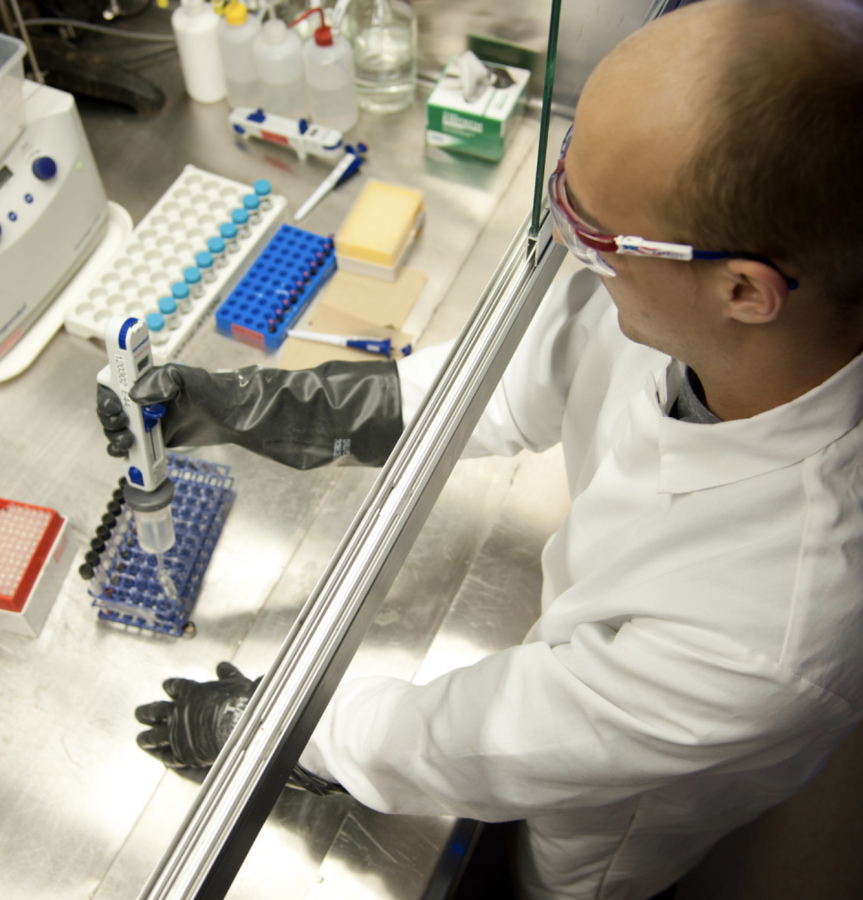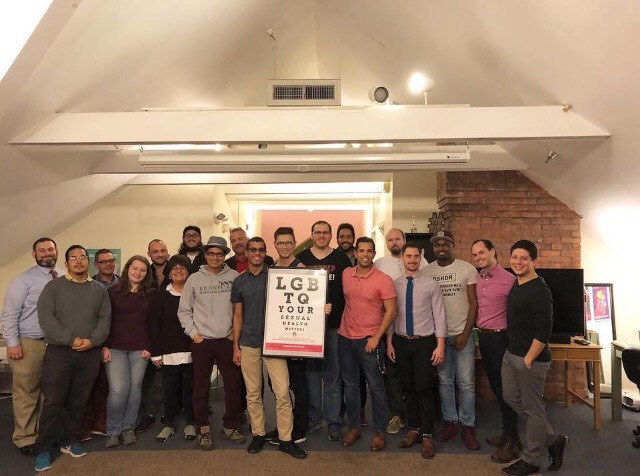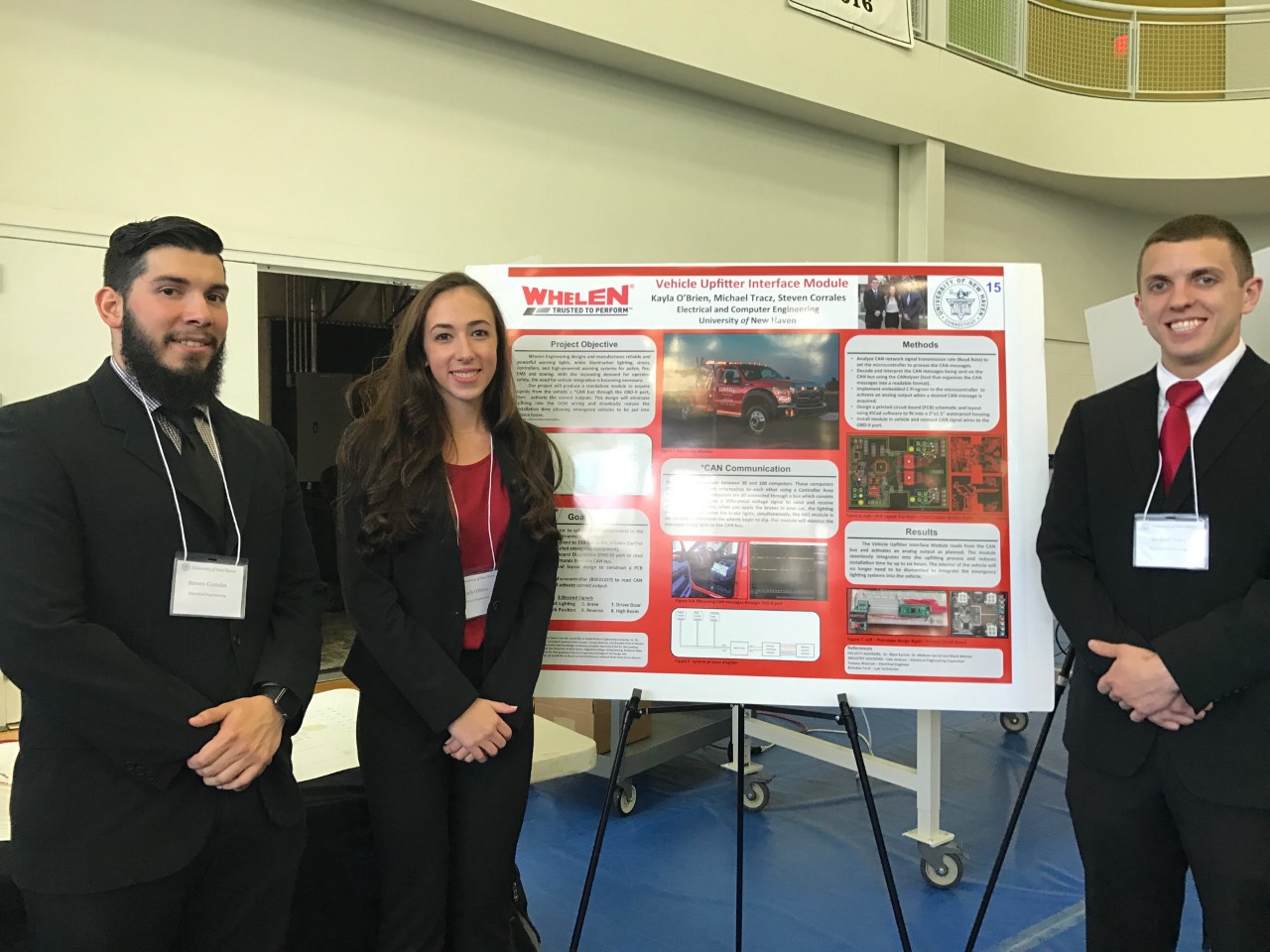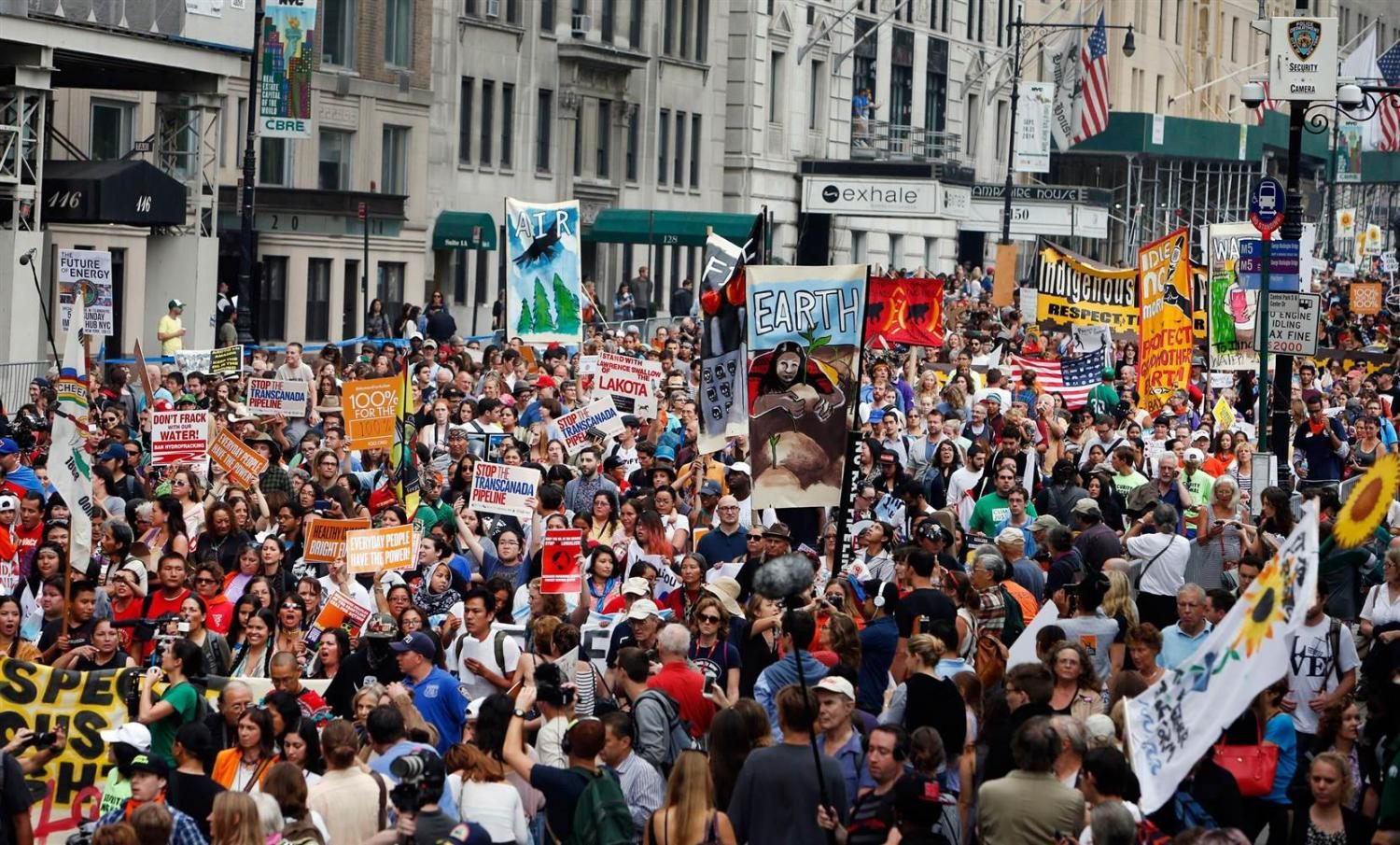It appears that NASA is far from defunct. While the funding for NASA’s engineers has ceased, plenty of designs and concepts were created before the government cut the budget. This means that NASA will continue into the future, and their rocketry program is no exception.
The Space Launch System is the name given to the multibillion-dollar program for the new rockets. According to NASA’s exploration and operation’s chief, William Gerstenmaier, these new rockets will be the “largest, most powerful rockets built”. It will give NASA the ability to go beyond the Earth-Moon system: to asteroids and even to Mars.
The smallest prototype of the rocket will be ten percent more powerful than the booster that sent astronauts to the moon. In reality, when finalized, the rocket will be approximately 20 more powerful, said Gerstenmaier. NASA hopes to be testing these rockets by 2017, the first crew flying in 2021, and sending astronauts to an asteroid in 2025. By the 2030s, they hope to have astronauts orbiting Mars.
The rockets will have the capability of carrying 77 to 110 tons into space. This includes a multi-purpose space vehicle for the crew, and more. Eventually, NASA is hoping to be able to carry 143 to 165 tons into space. To compare, Saturn V, the booster that took men to the moon back in the 1960s was able to lift 130 tons. Recent space shuttles have been much lighter in the attempt to reduce costs, with the average shuttle having a lift capability of about 27 tons.
While the estimated costs of this program is in the billions, which NASA nor the government has, NASA hopes to solve this issue by renting spaces for astronauts in the shuttles to the International Space Station – kind of like a giant taxi service. This program will further drain NASA’s already quickly dwindling funds, but for the sake of space exploration, it may just be a good investment.








